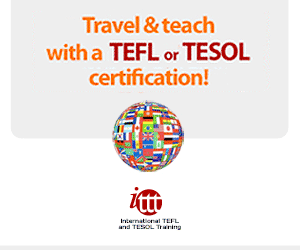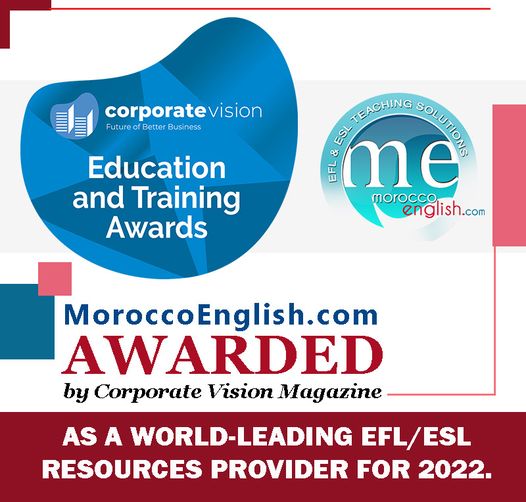Asking and answering questions in education in general and in reading in particular is the most common tool and the most available means of skill evaluation (Ezzaki. 1986). The effectiveness and success of teaching reading is basically dependent on how teachers and textbook designers use questioning, the number of questions they ask, their quality, their difficulty, and their underlying purposes. The skill in which educators use comprehension check can, therefore, be considered as crucial to the success of reading lessons. Thus, comprehension questions need to be well-selected, well-planned, well-organized, purposeful, and principled.
Questions should focus on what is important rather than what is easy or unusual. Teachers most often structure questions around something they perceive as interesting or unique, under the mistaken assumption that it will motivate students by piquing their interest. However, students need to focus on what is important rather than on what is unusual, and they need to be able to filter out unnecessary information in order to grasp the critical content. Having students focus on superfluous material will take them off track, away from the primary learning objective.
Generally speaking, comprehension questions can be classified into two levels: form and type. Comprehension questions can take the form of true/false statements, yes/no questions (closed questions), either/or questions, wh. questions (open-ended questions), multiple choice items, sentence completion items, information transfer items. As for question types intended to elicit responses on a text, most of the taxonomies advanced by applied linguists (Nuttal. 1982: Alderson and Urquhart, 1984) can be put on a continuum ranging from literal comprehension questions to evaluation questions in accordance with their purposes, complexity, and the cognitive demands they place on readers.
Types of Questions:
Everything considered, several types of questions can be identified:
Factual/Display/Literal questions:
These are the type of questions to which the answers are directly retrieved from the text, i.e. the answers to these questions are explicitly stated in the text.
Questions involving reorganization:
To answer such questions, the students are required to obtain factual information which is scattered in the various paragraphs of the text. Faced with such questions, the students have to analyze, synthesize, restructure, and reorganize the targeted information. Text restructuring involves reading a text and then recasting the information in another format – for example charts, tables, flow charts, diagrams, grids, lists, maps, and concept maps. Students select specific information from the text and then represent it in a different form. This type of activity helps students develop their analytical skills. The following are examples of analysis activities:
- Underlining or highlighting: Students search for target words or phrases that relate to one aspect of content for example words or phrases that support a particular view.
2. Diagrammatic representation: Students construct diagrams from text, for example flow diagrams, concept maps, etc.
3. Tabular representation: Students extract information from a written text, then construct and represent it in tabular form.
Inference questions:
Such questioning is intended for inferring meaning which is implicitly stated in the text. To meet this end, the students have to read “between the lines” to be able to infer that very meaning.
Evaluation questions:
This type invites students to do critical reading and react to the content of the text (e.g. evaluate the writer’s arguments, determine his/her intention(s), judge the writers attitude, honesty, or bias. etc.)
Appreciation questions:
At this level, the students are led to articulate emotional and aesthetic responses to the text (e.g. expressing feelings of interest or boredom, reaction to the choice of language, imagery, style, etc.).
Personal response questions:
At this stage, the students are encouraged to contribute personal ideas, opinions, arguments, etc. involving their own experience. Such questioning allows the readers to voice out their own reactions to the content of the text, relate its situation or events to their personal life and experience.
Questions related to discourse analysis:
This type, quite frequent these days, is intended specifically to train the students in strategies for handling texts at the text-attack skills levels.
Lower-Order Questions Vs. High Order Questions:
Having outlined the form and type of questions, what conclusions can we draw? It is worth pointing out that these questions fall into two broad categories: lower-order or convergent questions and higher order or divergent questions.
Lower-order questions:
Lower-order questions are easier because they do not require students to engage in higher level thinking processes in order to come up with the correct responses in that the targeted information can be retrieved from the surface level of the text. Factual/Literal/Display questions and, to a certain extent, those involving reorganization belong to this category.
Higher-order questions/divergent questions:
On the other hand, Higher-order questions/divergent questions are those questions that require the students to use higher-level thinking and reasoning skills, and so demand complex cognitive operations to work out responses. Higher-level questions produce deeper learning than lower-level questions. Inferencing, evaluation, and appreciation questions fit in this category. Higher-order questioning is recognized to be the most important in spite of the demands it puts on the readers and the problems it causes to them. However, teachers and textbook designers do not use this type as frequently as they do with lower-order cognitive questions. In this respect, Abdul Ghani (1993) confirms that reading comprehension is, unfortunately, too often kept at the low level of locating information explicitly stated in a text so that the questioning will not constitute an obstacle that interferes with comprehension. But the question is: is this really reading comprehension? Are the teachers really using reading comprehension questions the way they should be? I’m afraid not.
The major implication to be drawn here is that students need to be exposed to and confronted with all the question typology available in the literature. It is, therefore, extremely important to strike a balance between convergent and divergent questioning. Questions asked about the content of the text must vary in their cognitive level to allow for intellectual involvement on the part of the students (Abdul Ghani, idem).
Modes of Questioning teachers are recommended to use:
In sum, the comprehension questions that teachers are highly recommended to use in reading classes are as follows:
On the line questioning:
These questions can be answered by “reading on the lines”; the answers are right there in the text. The questions require literal information from the selection such as details, facts and information explicitly stated by the author. Some “question starters” that ask for literal knowledge are: give, list, find, describe, tell, retell, and what questions.
Among the lines:
The answers to these question types are to be found by “reading among the lines.“ This type of question has an answer in the text, but this answer requires information from more than one sentence or paragraph. Some “question starters” that ask for literal knowledge are: list, compare, how, and summarize.
Between the lines:
Some questions invite learners to “read between the lines”. This type of question asks the reader to make inferences based on the ideas and information in the text. The answer might be found interpretively in the reader‘s own background knowledge, but would not make sense unless the reader had read the text. Some “question starters,” that ask for inferences are why, how might, what do you think, explain, predict, and what might. To answer a question “between the lines”, the reader has to ask him/herself: Is this what the author means? Does this make sense?
Beyond the lines:
The answers to some questions are not in the text at all: they are “beyond the lines”. This means searching for the answer in the reader’s own background knowledge. Some “question starters” that ask for interpretations are what can you learn from, how might you, what if, and is it fair that. To answer a question “beyond the lines”, the students have to identify their beliefs, experiences and knowledge that relate to the question and ask themselves whether the author would agree with their conclusions.
In conclusion, what teachers should also keep in mind when asking comprehension questions is to probe students’ thinking by having them justify their answers. The following prompts can serve this purpose: “What makes you think that?”, “What tells you that in the text?”, “Find me a word/phrase/sentence which proves your view.”, “What can you add to what you’ve said?”, “Can you explain in more detail?” etc.
Source :
“Teaching Language Skills”
By Hamid Bouhout
Mohamed First University
Oujda, Morocco







































